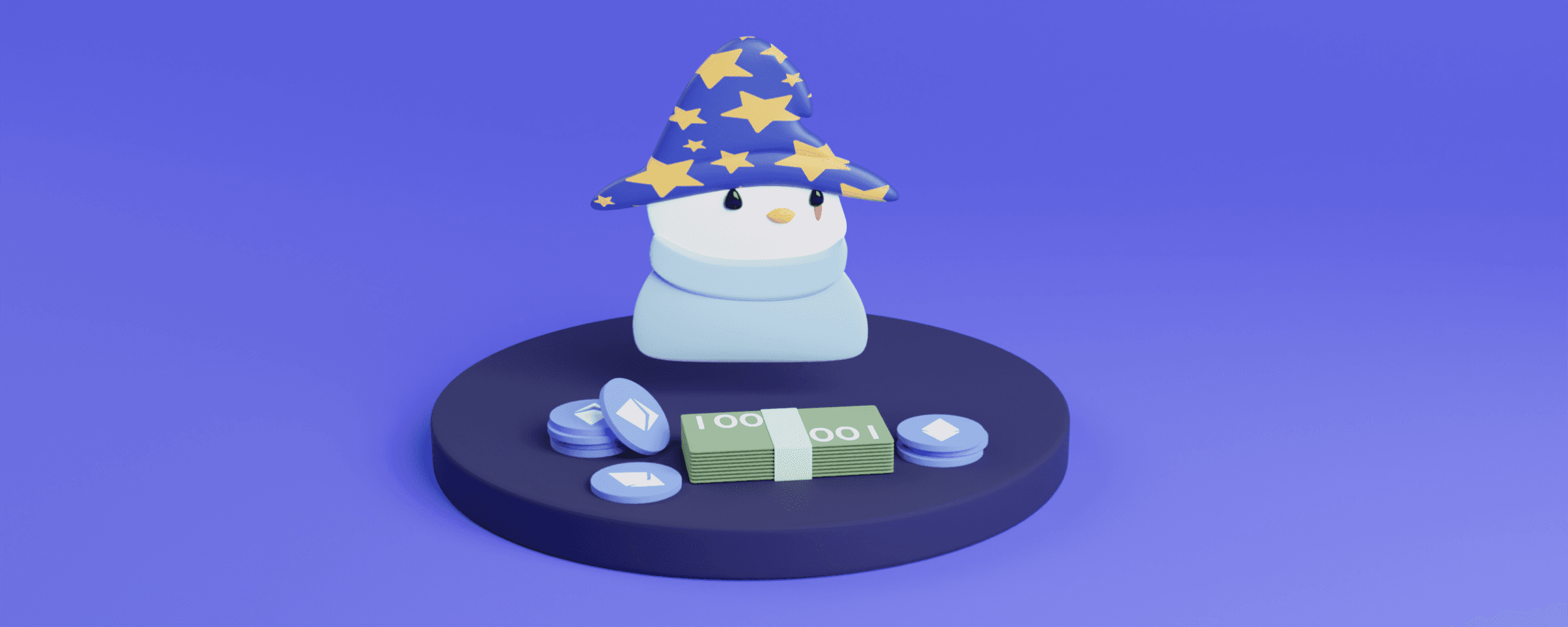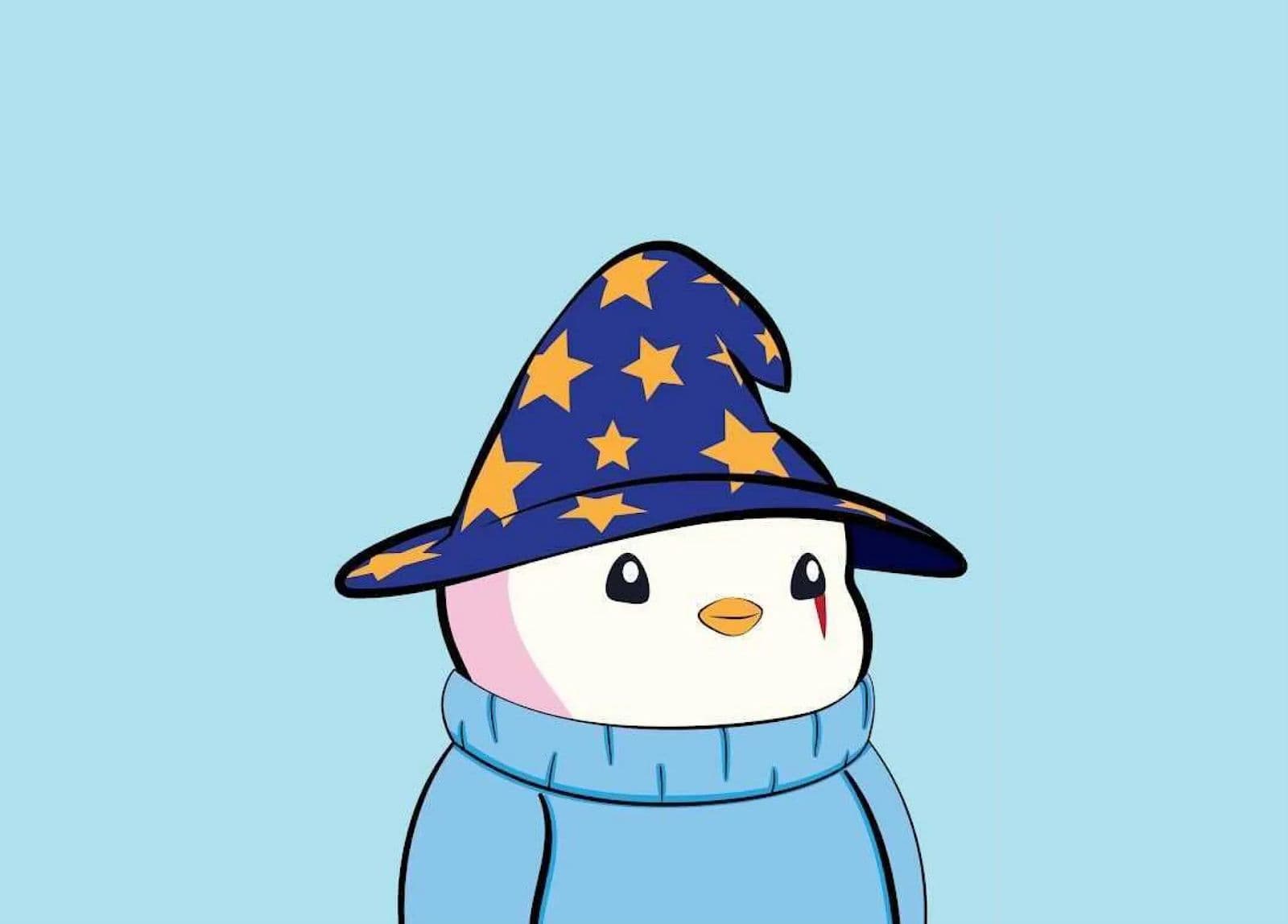
What is an NFT? - Everything you need to know
NFT stands for “non-fungible token” and is quite simply a unique proof of ownership for something that is not physical, such as digital files like art, music, videos, objects in video games and other pieces of creative work. NFT is a unique code, stored and protected on a publicly available blockchain.
But let’s take a couple steps back.
What does non-fungible mean?
Well, it means that it‘s unique. The token is proof that you own it. It is a digital contract that shows that you own a unique digital asset. The opposite of "non-fungible" is fungible, which for example is a description suitable for Bitcoin. One Bitcoin is not different from another bitcoin. It is the same. Bitcoin is thus "fungible".
How does NFT work?
An NFT is a unique certificate stored on the blockchain that shows that you are the unique owner of a specific asset. This usually represents a digital asset, such as digital art, also referred to as NFT art or crypto-art, but it can also represent a physical asset, music or something else. In this article, we will go into more detail about how this works.
What does it mean that NFTs are stored in a blockchain?
Before you read any further, we recommend you check out this article on what blockchain technology is.
The blockchain is suitable for documenting who owns what digitally. Because the blockchain is designed not to be manipulated and be transparent so that everyone can check the activity on the blockchain, you can easily know who owns the NFT, who has owned it before, and which one is the "original" copy.
The Ethereum blockchain is the most widely used blockchain for NFTs, but NFTs can also be traded on other blockchains. To buy NFTs, you therefore need a crypto wallet connected to the relevant blockchain, and this network's "local currency", e.g. ether on the Ethereum network. Once you have this sorted, you can connect to one of the NFT marketplaces and exchange your Ethereum for NFTs. Remember to research what you are buying. An NFT can be made by almost anyone and you have no guarantee that the price will increase.
When did the NFT hype start?
The idea was first experimented with by a developer on the blockchain "Namecoin" in 2014. The first NFT project came in 2015 right after the launch of the Ethereum blockchain. NFT was one of the innovations one could use Ethereum for.
In 2017, Ethereum launched the technical standard for NFTs called the "ERC-721 standard", which is the standard used on most of today's NFTs. After this, several well-known NFT projects appeared, such as "Crypto Punks".
What is the difference between other cryptocurrencies and NFTs?
NFTs differs from cryptocurrencies and tokens in that they are unique. If you exchange one bitcoin for another bitcoin, then you still have a bitcoin. There is nothing that separates these. This is not the case with NFT, because as with traditional art or physical collectibles, each copy will be unique, and you won't get back the same thing as you give away. This is also the case for NFTs.
NFTs are just as well secured as other cryptocurrencies, precisely because they are stored on a blockchain, meaning that it is almost impossible to pirate. At the same time it solves the challenge of authenticating digital assets.
Aren't NFTs just digital photos? Why not just copy them?
But can you just right-click and copy a picture of this penguin if you want it so bad? (like I have done with CEO Thuc's penguin in the picture above). Sure, it is, but the version I copied is no longer an NFT. Also, if you copy an image without consent, you actually steal the property of someone else, and the owner can document ownership on the blockchain.
This works in the same way that you can take a picture of a famous painting with your camera, and then you have that picture in a way, but you will never be able to prove to anyone that you own the original painting. And it is still the original painting that has a high value, not the picture you took with your phone camera.
Why do people buy NFT apes, penguins, monkeys, cats, etc.?
NFT is often bought and sold as collectibles, and these penguins are just that. The penguins, or Pudgy Penguins as they are called, are Ethereum-based NFT collectibles. That is to say, the digital image of the penguin, the JPEG file, lives on the Ethereum blockchain. There are 8888 penguins that have different clothing styles and personalities, and they can be traded in just the same way as other tokens or cryptocurrencies.
This collection sold out in just 19 minutes on OpenSea, where they are distributed, and the most expensive penguin was sold for 150 ETH. That’s over four million Norwegian kroner.

Caption: This penguin is owned by @TinfoilThuc, CEO of Firi (formerly MiraiEx). To see the full picture, check out our Instagram account @firiapp
Why do some NFTs become extremely valuable?
The penguins, and other NFTs, simply become so valuable because we want them, while being limited to a fairly small number. You can consider it as art. The Banksy artwork "Moron", for example, was sold as NFT for over 3 million NOK. This was after the artwork was burned and destroyed in a live video. Norwegian artists, such as Pøbel, have also sold their art as NFT. Artists release songs as NFTs. Kings of Leon, for example, was the first band to release an album as NFT.
But NFTs can also be a tweet. Or a GIF. Or a drawing of a stone. On the website of the latter, Ether Rock, it is simply stated that "These virtual stones serve no purpose other than that they can be bought and sold, and give you a strong feeling of pride in being the owner of one of the 100 stones".
But isn‘t this just silly and pointless?
In a way yes, it can be difficult to understand why people will pay so much for digital images of cartoon characters, and much is driven by speculation where people buy NFTs for the simple reason that they think they can sell them back to a higher price. Many examples of this have been seen in the physical world with everything from Pokemon cards to rare sneakers and art. One can probably also blame something on bragging rights. "Look at me, I can afford this very expensive image of a rock (Ether Rock)".
However, it helps to change perspective and understand that all this is also a big experiment where you explore what this technology can be used for, and what you can define as valuable.
It has been pointed out that the reason why people pay a lot for these NFTs is that they function as an exclusive club, where you are one of the few in the world who is a member. Some of the projects, such as the Bored Ape Yacht Club, have already arranged real events that are exclusive to those who own one of their NFTs. In this case, you see that the "exclusive club" that initially only existed on the internet, becomes a real physical thing where the NFT you own is the entrance ticket. People make friends, build networks and much more because of their NFT, and that is an example that this can give you real value beyond just a digital image.
There is no doubt that experimentation is something that blooms new innovation, and there are already several new ways to use NFTs.
What NFTs can be used for? Here are some examples:
- Selling music as NFTs
- Digital property in the metaverse
- Investing in property
- Ticket sales
- Assets in games
- Video, 3d characters and other digital files
- Physical assets: An NFT can represent ownership over a physical thing.
- Membership in a club, organization or similar.
- Domain name on the blockchain
Where can I buy NFTs?
The easiest is to buy NFT on an NFT marketplace. These connect buyers and sellers with each other. There are several options. You can read more about this in the sections below. Alternatively, you can find another person willing to sell you their NFT, but this is less common.
What is a NFT marketplace? (NFT market)
It is a marketplace in the form of a website where you can buy NFT from the creators of the NFT or by other users. There is currently a long list of such marketplaces and who you should choose depends largely on which NFT you want to buy. Since the crypto market consists of many ecosystems, each of these ecosystems usually has one or more such NFT marketplaces.
Ethereum is the largest ecosystem, and the largest NFT marketplace here is Opensea.io, but there are also other marketplaces such as Rarible.com Other blockchains such as Cardano, Solana, Polkadot, Fantom, Avalanche, Luna and more have their own NFT marketplaces. You usually have to pay with the cryptocurrency of the network in question (eg Etherum) but sometimes they offer several payment options. In addition, some of the international crypto exchanges have launched their own NFT marketplaces.
Here are some examples of NFT marketplaces:
Opensea.io (Ethereum)
Rarible.com (Ethereum)
Superrare (Ethereum)
cnft.io (Cardano)
solsea.io (Solana)
atomichub.io (Wax)
marketplace.axieinfinity.com (Ethereum, Axie Infinity)
paintswap.finance (Fantom)
Note! We do not have much experience with all these marketplaces so be sure to do your own research when it comes to security.
Which NFT marketplace should I choose?
- Find out which NFT to buy
- What blockchain is this NFT made of and where can you buy it?
- Should you buy it directly from the creator, for example by participating in the minting of brand new NFTs, or should you buy an NFT on the secondary market?
We can distinguish between marketplaces.
- First-hand market: You buy the NFT directly from the creator. They usually come in a limited number and can be sold out quickly. Many NFT projects have their own website and NFT marketplace where you can shop.
- Second-hand market: You buy the NFT from another user who is willing to sell their NFT to you. Possibly, if you are the one who wants to sell an NFT then it is in the secondary market you need to do this. This happens in marketplaces such as opensea or similar.
How can I sell and buy NFTs?
- Buy ethereum from a safe exchange, like Firi.
- Send you ethereum to an external crypto wallet (Metamask, trust wallet etc)
- Go to opensea (or another popular NFT-marketplace)
- Connect your wallet and start shopping.
When you want to sell a work of art or your Facebook post as an NFT, a smart contract is created on the blockchain. You can in theory program this smart contract yourself, but the easiest way is to shop via NFT marketplaces. The penguins, for example, are distributed through OpenSea. You could also check out ENTER. In addition you need a cryptocurrency wallet. This also applies if you want to buy NFTs. The buyer downloads the file and receives the token, i.e. the proof of ownership, to his cryptocurrency wallet.
Unfortunately, you cannot store NFTs with Firi for the time being, but that does not mean that you won’t be able to fill your Firi wallet with penguins in the future. Or stones. It’s really just a matter of what you like.
If you want to get started with NFTs, Ethereum is a good place to start. You can read more about Ethereum and how to buy it here.
How to create NFTs (Non fungible tokens)?
f you have digital files such as photos, music, 3D models or the like, these can be converted into an NFT using smart contracts on a blockchain such as Ethereum, Cardano or similar.
- Get a crypto wallet such as Metamask.
- Buy some ETH on Firi and transfer it to the wallet.
- Connect this to an NFT marketplace such as opensea https://opensea.io
- Go to the section to create NFTs and upload your file.
- Fill in the necessary information and publish. (You must pay a fee in Ethereum or another cryptocurrency to create your NFT)
- Congratulations! You've created an NFT. Now comes the difficult part, namely figuring out how to sell it at a high price.
As you can see, it is not very difficult to create an NFT. But if you think that it will automatically be bought for a large sum, you will probably be disappointed. There are in fact a number of other factors that give an NFT value, and these can vary greatly. Some hints here are that your NFT should be able to offer value beyond being a digital file on the blockchain, or that there should be something unique about you or your art that creates an enthusiastic fan base that is willing to spend money on your NFT.
What is minting an NFT?
This is when you create the NFT for the first time and it is stored on the blockchain. You can do that either by buying an NFT directly from the creator or by creating your own NFT which you store on the blockchain.
Taxes on NFTs
Do you have to pay tax it if you make money on NFTs?
The simple answer to this question is YES!
When you make a profit by selling an NFT with a profit, this is considered taxable in the same way as if you trade with Bitcoin or other cryptocurrencies. We recommend that you familiarize yourself with the basic rules for this, and we have written an article about taxes on NFT which you can read here.
Here we answer a few more questions about NFT
Are NFTs legal?
Yes of course. It is legal in the same way as other types of cryptocurrency. But remember to pay taxes if you sell at a profit.
What is crypto-art?
Crypto art is another term for art that is sold as NFTs in the crypto market. This can be digital art, but the NFTs can also represent physical art.
How much does NFTs cost?
It can cost anywhere from a few kroner to several million. It all depends on which NFT you want to buy. It is the most famous and popular NFTs that cost a lot. But there are a large number of other NFTs at different prices.
Want to learn more about cryptocurrency? Read and learn the basics of cryptocurrency here!
